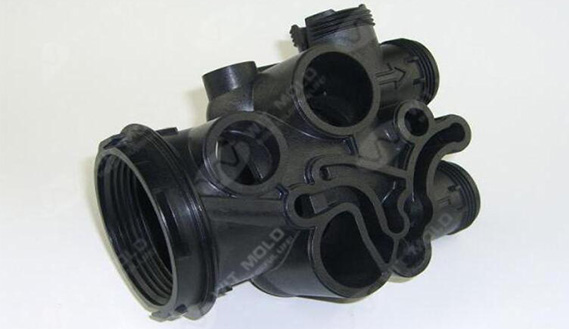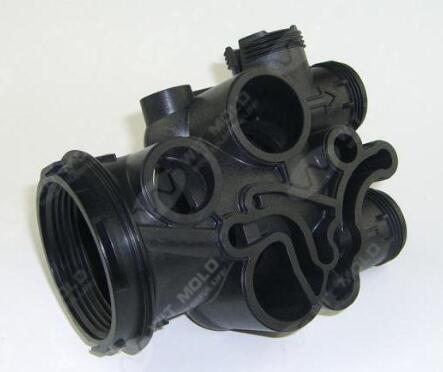Beginner’s Guide to Design for Unscrewing Molds
Designing molds for unscrewing parts is a crucial skill in the realm of injection molding. Unscrewing molds are commonly used for producing threaded parts, such as caps, lids, and closures. Understanding the fundamentals of design for unscrewing molds is essential for beginners looking to venture into this area. In this guide, we’ll cover the basics of designing molds for unscrewing parts, including key considerations and best practices.
Understanding Unscrewing Molds
Unscrewing molds are a type of injection mold designed to produce threaded parts with helical features. Unlike standard molds, which rely on straight-pull actions to release parts from the mold cavity, unscrewing molds utilize rotational movements to release threaded parts from the mold core. This rotational action mimics the process of unscrewing a cap or lid from a bottle.
Key Components of Unscrewing Molds
Unscrewing molds consist of several key components, each playing a vital role in the molding process:
Core and cavity: The core and cavity form the mold cavity where the plastic part is formed. In unscrewing molds, the core typically contains the helical threads, while the cavity corresponds to the exterior shape of the part.
Threaded core: The threaded core is a specialized component that forms the internal threads of the molded part. It is designed to rotate within the mold to facilitate the unscrewing action.
Actuation mechanism: The actuation mechanism is responsible for rotating the threaded core to release the molded part. It can be driven by hydraulic, pneumatic, or mechanical means, depending on the specific design requirements.
Design Considerations for Unscrewing Molds
When designing molds for unscrewing parts, several factors must be taken into account to ensure successful molding operations:
Thread design: The design of the threads plays a crucial role in the functionality of the molded part. Threads must be properly sized and shaped to achieve a secure fit and proper sealing when the part is assembled.
Undercut features: Unscrewing molds often involve the presence of undercut features, which can complicate mold design and tooling. Careful consideration must be given to the location and geometry of undercut features to ensure they can be adequately released during the molding process.
Draft angles: Draft angles are essential for facilitating part ejection from the mold cavity. Adequate draft must be incorporated into the design of both the core and cavity to prevent friction and binding during the unscrewing process.
Best Practices for Designing Unscrewing Molds
To optimize the design of unscrewing molds and ensure efficient molding operations, consider the following best practices:
Simplify the design: Minimize the complexity of the mold design wherever possible to reduce costs and manufacturing time. Simplifying the design can also improve mold longevity and reliability.
Optimize cooling: Proper cooling is essential for maintaining consistent part quality and minimizing cycle times. Design the mold with adequate cooling channels to ensure efficient heat dissipation during the molding process.
Choose suitable materials: Select materials with the necessary strength, durability, and wear resistance for the components of the unscrewing mold. High-quality materials will contribute to the longevity and performance of the mold.
Conclusion
Designing molds for unscrewing parts requires careful consideration of various factors, including thread design, undercut features, and draft angles. By understanding the fundamentals of design for unscrewing molds and following best practices, beginners can create molds that produce high-quality threaded parts efficiently and reliably.
For further assistance or to explore our range of molding solutions, please don’t hesitate to contact us.





